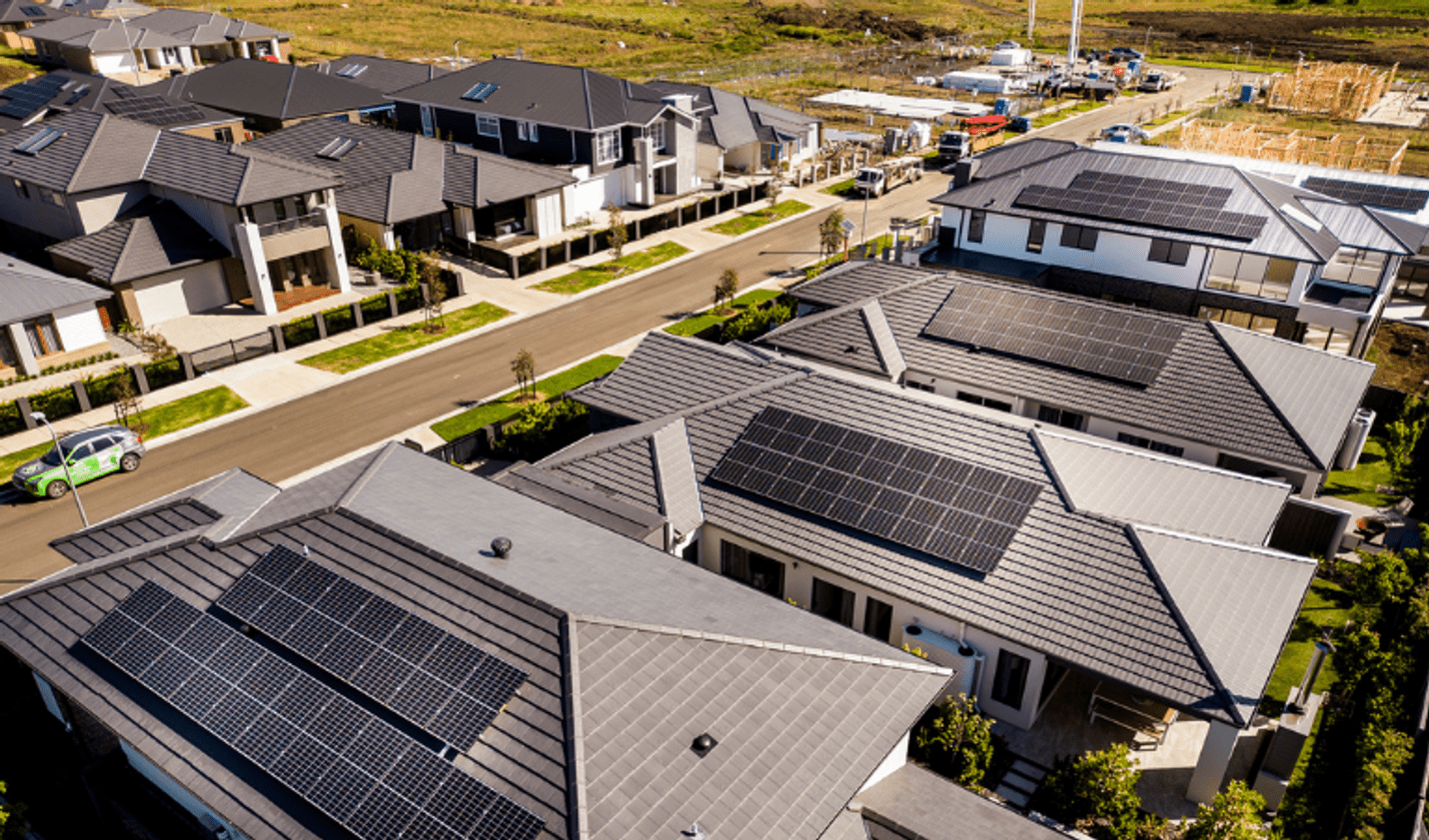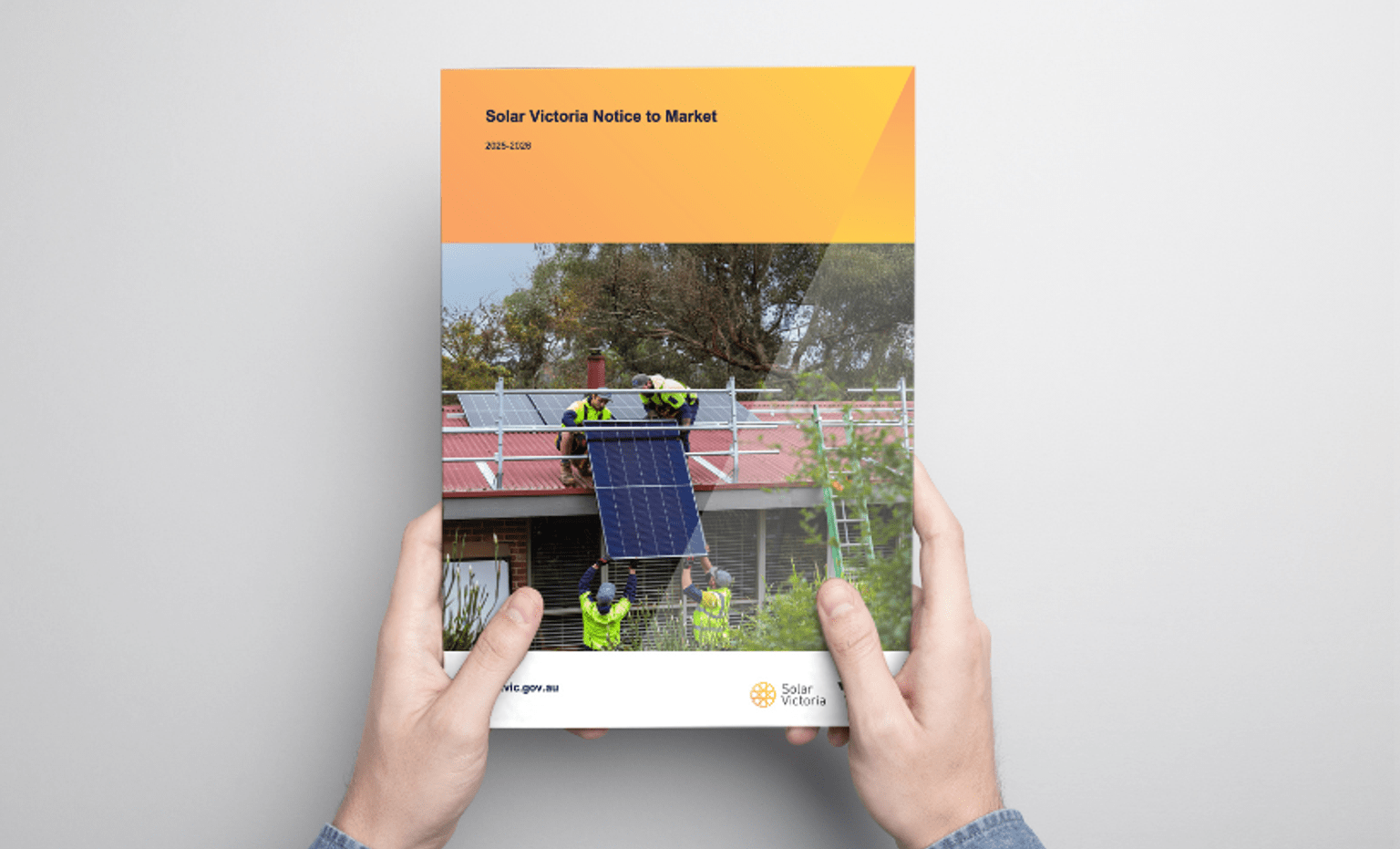The resources on this page step solar installers through the emergency backstop requirements and how to comply, with a focus on connection requirements and what you need to do to ensure customers can maximise their exports.
To keep safely installing rooftop solar and support the renewable energy transition, new, upgrading and replacement solar systems in Victoria need to be installed to comply with the emergency backstop requirements from 1 October 2024.
Webinar to discuss emergency backstop requirements
If you missed the webinar we hosted in September 2024, you can view the recording here.
Please also refer to the DNSPs’ emergency backstop webinars and resources at these links:
We also funded an eLearning course to guide solar installers through the new obligations for solar installations to be capable of being remotely turned off during system security emergencies. This was offered free of charge through the CEC from February 2024 to April 2025. Just over 1,100 accredited installers, designers and solar businesses working in Victoria completed the course.
Guidance for installers
For a summary of the steps involved in each stage of the installation journey and helpful links to more detailed information, see Industry guidance.
You can also download a detailed Emergency backstop industry guide. This guidance is intended to support solar installers to navigate a solar system installation in Victoria.
Talking with customers about the emergency backstop
We encourage you to discuss the benefits of the emergency backstop with your customers, including:
When you discuss the benefits with customers, you can also give them a copy of the ‘Emergency backstop customer factsheet’ which explains what emergency backstop means for them in plain language and with FAQs.
The emergency backstop mechanism
Rooftop solar installers will need to install new, upgrading or replacement solar systems (less than or equal to 200kVA) to comply with Victoria’s emergency backstop requirements.
Typically, this will involve:
- selecting CSIP-AUS compliant equipment (or combination of equipment) connecting the inverter(s) to the internet – a requirement under section 3.2.1 of the Notice to Market.
- connecting the inverter(s) to the internet, and
- configuring the installation to communicate with the relevant distribution business’ utility server.
To be emergency backstop enabled, a solar system must be able to communicate using CSIP-AUS and be connected to the internet.
The use of CSIP-AUS technology aligns with existing mechanisms in other states. Victoria is implementing CSIP-AUS technology so that our approach maximises national consistency, including through the use of a single national product list of inverters with software communication channels compliant to CSIP-AUS.
For more information, see Victoria's emergency backstop mechanism for solar.
Updated





